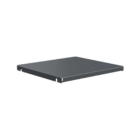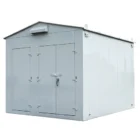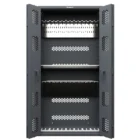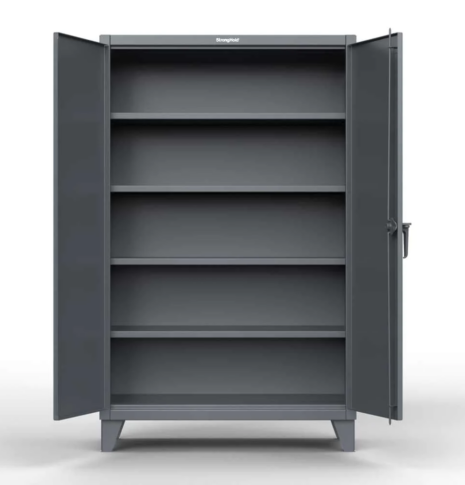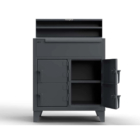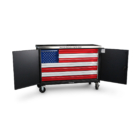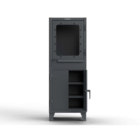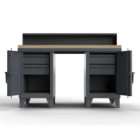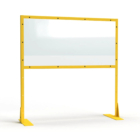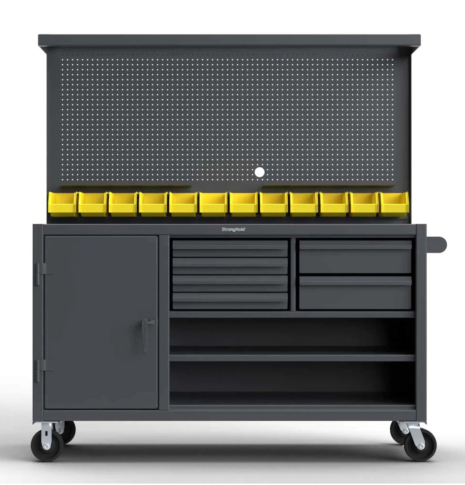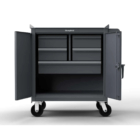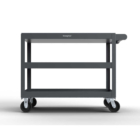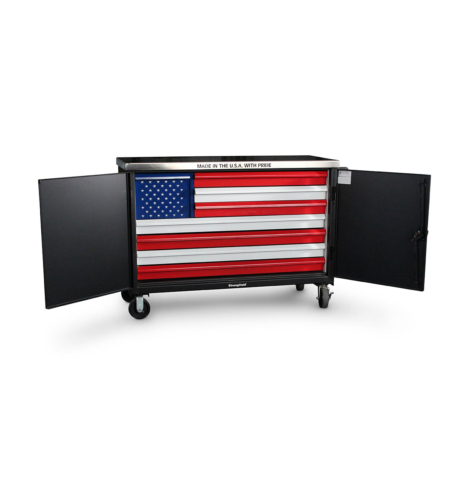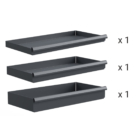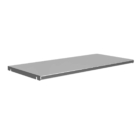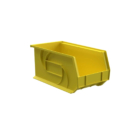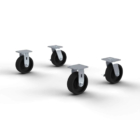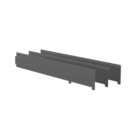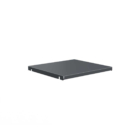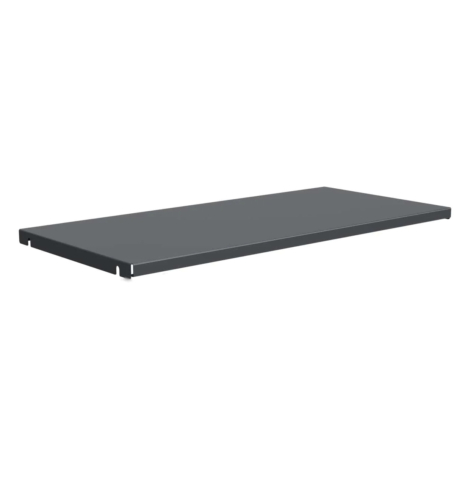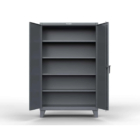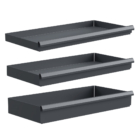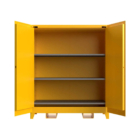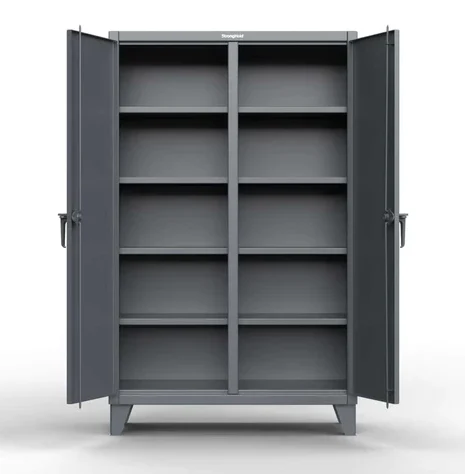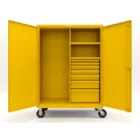Cold Rolled and Hot Rolled Steel
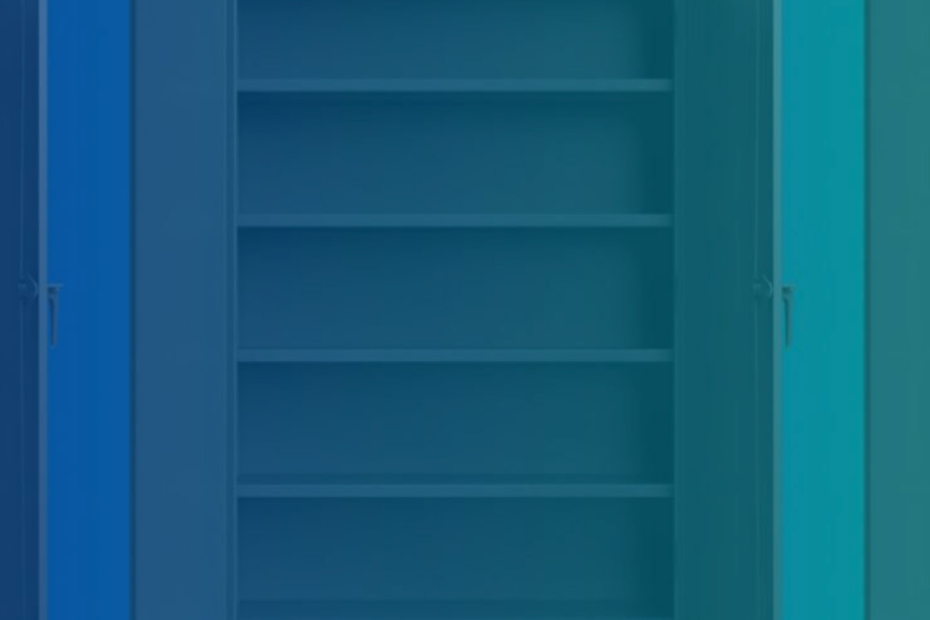
Metal cabinets come in all shapes, sizes, weights and have endless customization options. When outfitting an industrial space, it is essential to know what storage will serve you best because, honestly, there is no “one size fits all” option. You will see all types of heavy-duty cabinets that serve as storage solutions in industrial environments. Understanding the significant features that separate an industrial-grade cabinet from lighter weight storage is the first step. The materials and method of the cabinet’s build determine its security, functionality, and durability.
Strong Materials
Industrial grade cabinets are typically made of steel between 22- and 12-gauge thickness (12 being the thickest). What your cabinet is being used for best determines the gauge of the steel needed. The thicker the steel is, the less likely it is to warp, buckle, or bend.
Method of Build
Heavy-duty cabinets are designed to withstand industrial environments and all the rigors associated. They can be constructed in a few different ways, each with its own perks. An all-welded build will be the strongest because a good weld should be stronger than the metal that it is connecting. Welding will be more expensive, and the strength it provides is not always necessary. Another option is construction with bolts or rivets. They may not be as visually pleasing but can offer another strong build. There are also hybrid options that provide perks of both welds and rivets. Although it won’t be quite as strong as an all-welded cabinet, you may not need the extra weight capacity. It would be like buying an F-150 truck instead of an F-350; you might not need the additional tow capacity.
Extreme Shelf Capacities
Given the nature of an industrial environment, protecting heavy-duty equipment, tools, and parts requires shelving to be extremely strong. Shelf capacity is determined by how much weight can be placed on the shelf, with the metal keeping its integrity. Shelf capacities for heavy-duty cabinets go beyond 1000 lbs. There are industry guidelines in place manufacturers may use to optimize their design.
Added Security
Part of the point of having a cabinet is being able to keep your property safe. A heavy-duty cabinet is typically a secure cabinet. They can be built with a lockable handle or a padlock hasp. Some of the fancier options are even equipped with electronic locks that have keypads. In addition to the security they provide, heavy-duty hinges keep your doors functioning correctly and securely for the lifetime of the cabinet.
Customized to Your Needs
The steel cabinets you find down the aisles of Home Depot will not be as strong or durable as a custom option. Often, manufacturers offer an extensive catalog in addition to custom projects. This allows you to choose the size, material, color, and add features that will let you get your job done. These features may include drawers, bins, hanger rods, dividers, hooks, locks, and shelves.
Industrial grade cabinets are built to protect and secure the items stored. Ultimately, there is no “one size fits all,” which is why it is essential to identify the needs you want it to fulfill. The cabinet’s durability and functionality are going to be what sets it apart from other storage options. This does come with a cost, but after all, you know what they say, “buy once, cry once.”

